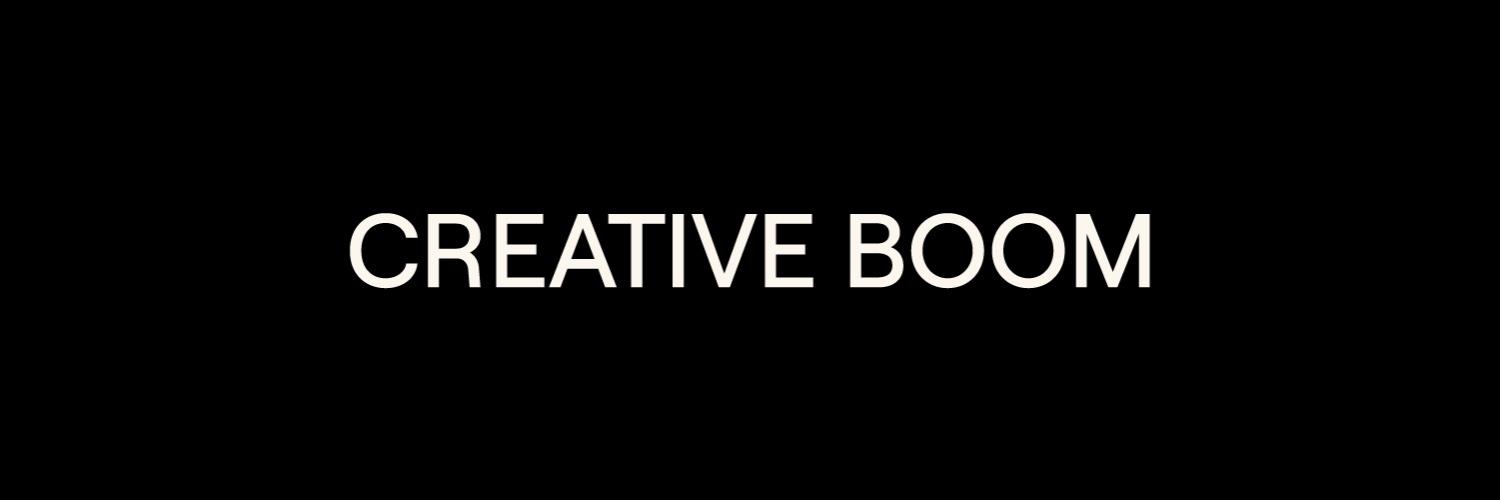


Celebrating creativity since 2009 👀
CommunityManchester, Englandcreativeboom.comJoined July 2009
CommunityManchester, Englandcreativeboom.comJoined July 2009
194 Bikers vinden dit leuk
0 Berichten
0 foto's
0 Video’s



